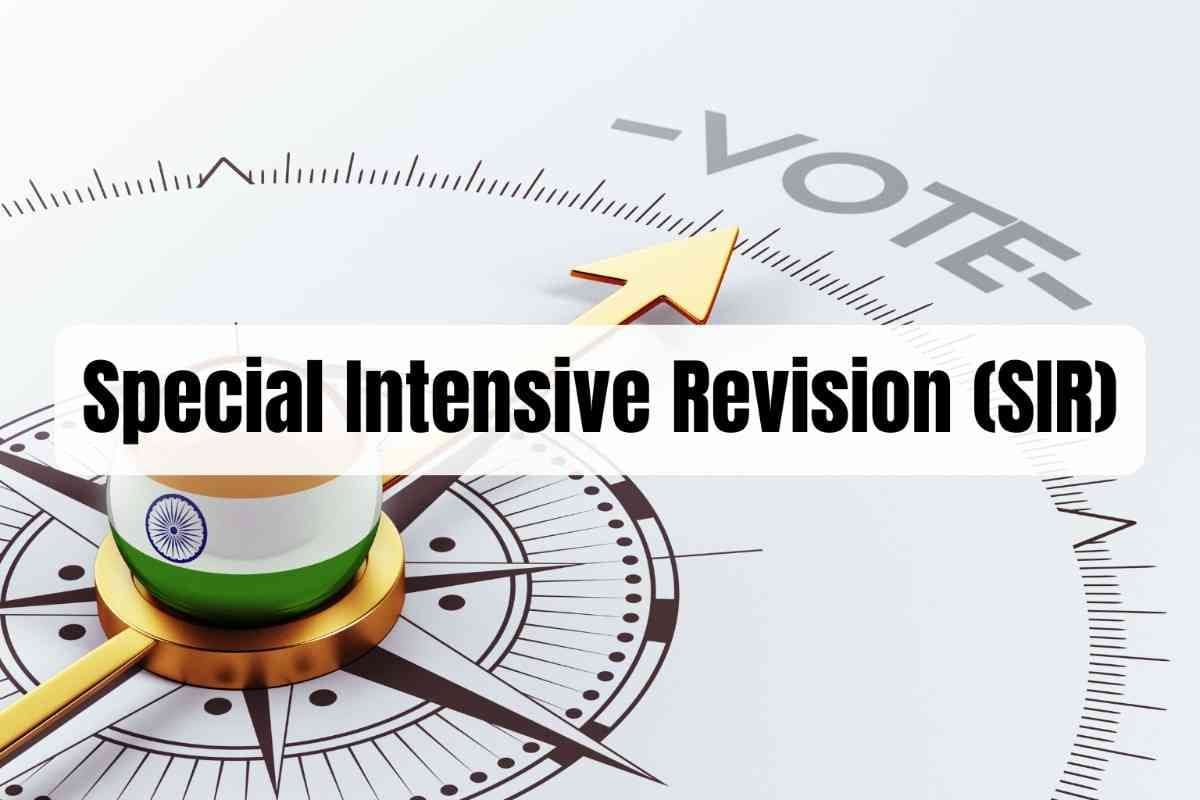Current Affairs 2024 - Tackling India's Plastic Pollution: A Holistic Approach for Sustainability
Feb, 2025
•3 min read
Why in News?
Plastic pollution has emerged as one of the most pressing environmental challenges of the 21st century.
Introduction
India, as a rapidly developing economy, faces unique challenges in addressing the menace of plastic pollution. With a burgeoning plastic-dependent economy, ineffective waste management systems, and increasing environmental degradation, it is imperative for India to adopt a multi-pronged strategy to balance economic growth with sustainability.
Major Sectors Relying Heavily on Plastic
- Packaging Industry
- Constitutes 59% of India's plastic consumption due to the durability and cost-effectiveness of rigid and flexible plastics.
- Growth in e-commerce and retail sectors has amplified demand for plastic packaging.
- Example: The use of plastic packaging during the Covid-19 pandemic ensured the safe distribution of essential goods.
- Building and Construction
- Plastics are used in pipes, insulation, and fittings for their longevity and corrosion resistance.
- Initiatives like "Housing for All" have driven plastic use in affordable housing projects to improve construction efficiency and reduce costs.
- Automotive Industry
- Lightweight plastics are employed in dashboards, bumpers, and fuel tanks to improve fuel efficiency.
- With the push towards electric vehicles (EVs), companies like Tata Motors are incorporating plastic composites to enhance battery life and performance.
- Agriculture
- Plastics are used in drip irrigation systems, greenhouse films, and mulching to conserve water and boost crop yields.
- Schemes like Pradhan Mantri Krishi Sinchayee Yojana promote plastic-based micro-irrigation techniques.
- Healthcare
- Essential for manufacturing medical devices, disposables, and packaging, ensuring hygiene and safety.
- During the Covid-19 pandemic, plastics were crucial in producing PPE kits, syringes, and vaccine vials, enabling large-scale immunization.

Challenges in Managing Plastic Waste
- Environmental Degradation
- India generates 9.3 million tonnes of plastic waste annually, with 40% remaining uncollected.
- Uncollected plastic disrupts rivers like the Ganga, which contributes significantly to global riverine plastic pollution.
- Microplastics infiltrate soil, water, and ecosystems, posing long-term ecological risks.
- Public Health Crisis
- Open burning of plastic releases toxic chemicals, contributing to respiratory diseases.
- Microplastics in food and water sources lead to health issues such as endocrine disruption and infertility.
- Economic Burden
- Though India recycles 60% of its plastic waste, informal sector workers lack safety and fair wages.
- Plastic pollution results in economic losses from fisheries, tourism, and urban infrastructure damage.
- Regulatory Gaps
- Despite bans on single-use plastics and EPR regulations, compliance remains weak due to limited monitoring.
- Fake certifications and resistance from small-scale manufacturers hinder effective implementation.
- Climate Change Nexus
- Plastics are petroleum-based, and their production and incineration contribute to greenhouse gas emissions.
- Recycling processes are energy-intensive, undermining India’s climate goals under the Paris Agreement.
- Socio-Cultural Barriers
- Single-use plastics are deeply ingrained in consumption patterns, and public awareness of alternatives is low.
- Festivals and cultural practices lead to seasonal spikes in plastic waste, overwhelming municipal systems.
- Inadequate Circular Economy Solutions
- Only 12-15% of plastic waste is scientifically processed; the rest is dumped in landfills or waterways.
- Innovative technologies like pyrolysis and bioplastics remain underutilized due to high costs and limited partnerships.

Current Plastic Waste Management Framework in India
- Plastic Waste Management Rules, 2016
- Emphasis on segregation, litter prevention, and Extended Producer Responsibility (EPR).
- Amendment Rules, 2018
- Phases out non-recyclable multi-layered plastics (MLPs).
- Amendment Rules, 2021
- Bans specific single-use plastics and mandates EPR for packaging waste.
- Amendment Rules, 2024
- Introduces stricter recycling and reuse targets and expands EPR compliance requirements.
Way Ahead
- Strengthen Waste Segregation
- Community-based models with incentives and penalties can improve segregation compliance.
- Urban local bodies (ULBs) must adopt digital monitoring tools.
- Example: Indore’s 100% source segregation model is a success story.
- Enhance Recycling Infrastructure
- Expand mechanized recycling units and adopt advanced technologies like chemical recycling.
- Encourage public-private partnerships for innovation in recycling.
- Promote Biodegradable and Alternative Materials
- Invest in R&D for jute, hemp, and bamboo-based packaging.
- Provide subsidies for startups producing eco-friendly alternatives.
- Strengthen EPR Framework
- Introduce stringent audits and penalties for non-compliance while rewarding overachievers.
- Adopt technology-driven monitoring systems for better accountability.
- Formalize the Informal Sector
- Integrate waste pickers into formal waste management with better wages and safety equipment.
- Example: SWaCH Pune employs waste pickers, ensuring dignified livelihoods.
- Leverage Technology
- Use AI and GPS-enabled systems for efficient waste collection and processing.
- Mobile apps can enhance citizen engagement and transparency.
- Develop Waste-to-Energy Plants
- Convert non-recyclable plastic waste into energy with stringent emission controls.
- Example: Hyderabad’s Jawahar Nagar plant serves as a model.
- Educate and Mobilize Communities
- Grassroots campaigns and school programs can foster awareness about sustainable practices.
- Example: Alappuzha’s “Clean City” initiative earned UN recognition.
- Foster International Collaboration
- Leverage global expertise and green financing to enhance infrastructure and innovation.

Conclusion
India’s plastic waste crisis requires an integrated approach balancing economic growth with environmental sustainability. By addressing systemic gaps, adopting innovative technologies, and fostering community participation, India can pave the way for a plastic-free future. A robust commitment to circular economy principles will not only reduce ecological damage but also position India as a global leader in sustainable development.
Weekly News Analysis by SuperKalam
Related Blogs
![Vijay Diwas 2025: Why 16 December is Celebrated [UPSC Current Affairs]](/_next/image?url=https%3A%2F%2Fblog-media.superkalam.com%2FVijay_Diwas_2631842d69.jpeg&w=3840&q=75)
Vijay Diwas 2025: Why 16 December is Celebrated [UPSC Current Affairs]
Dec, 2025
•6 min read

Special Intensive Revision (SIR) of Electoral Rolls: Definition, Objectives, Significance, & Challenges
Dec, 2025
•4 min read

UNICEF Day 2025: 79 Years of Global Commitment to Child Rights & Protection
Dec, 2025
•4 min read